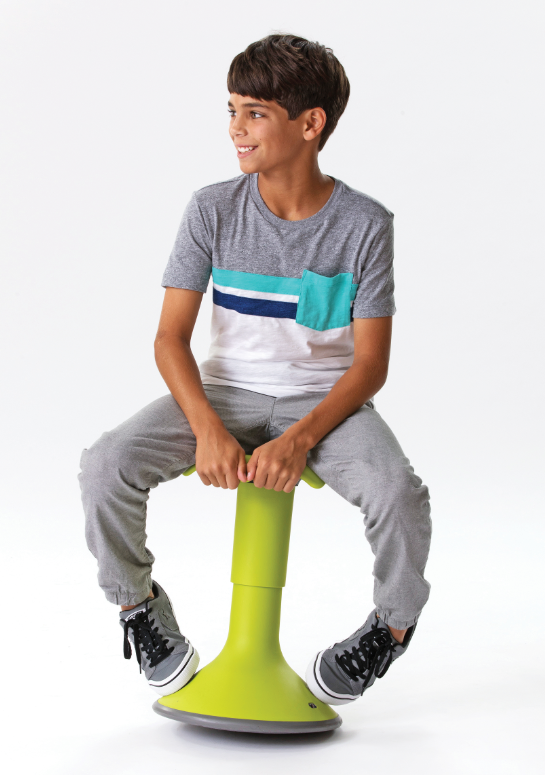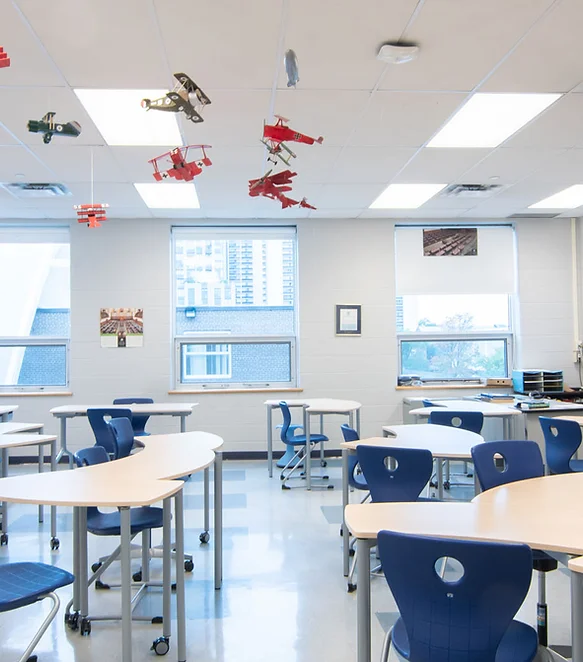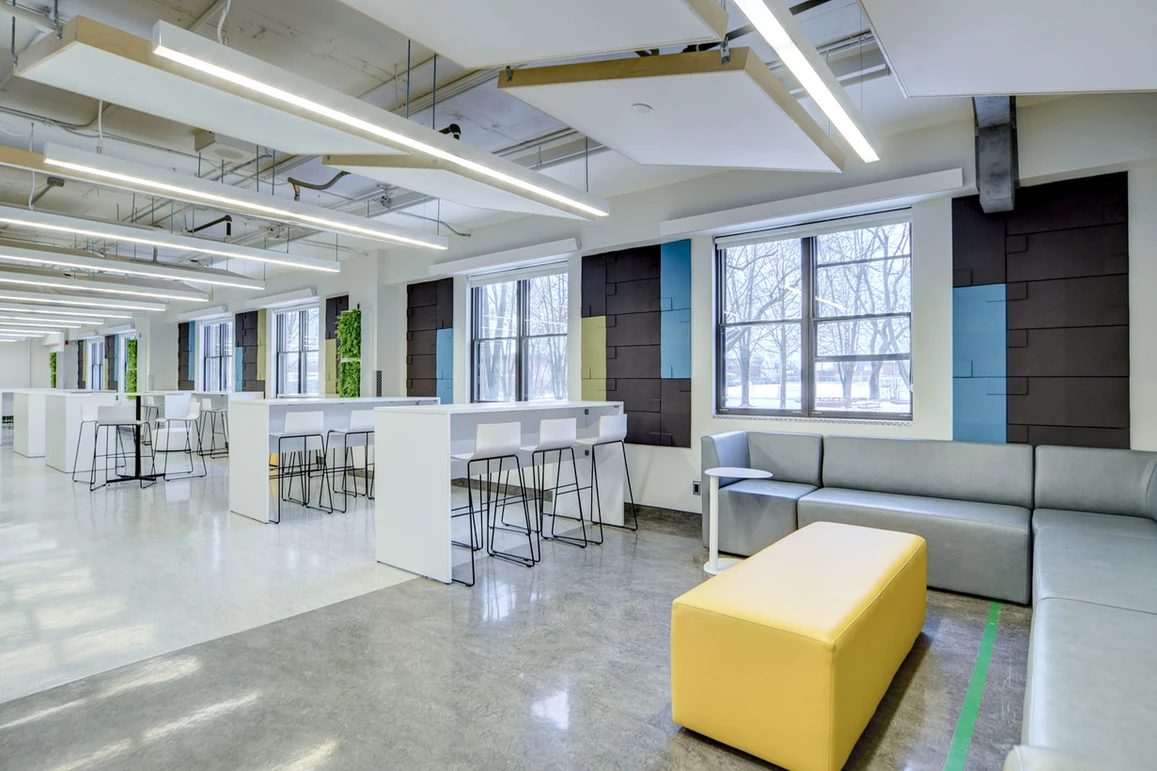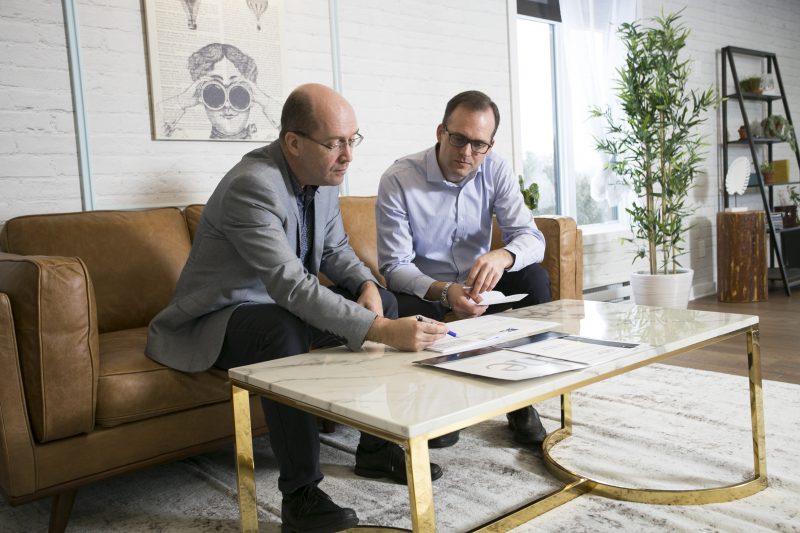The science of movement
Aquest’s designers have been trained by Dr. Deiter Breithecker, a German Health and Kinetics Scientist. Dr. Breithecker has established that office and school spaces need to be designed to encourage the natural movement of the body and frequent changes of position.
The standard day at work or school is spent sitting and the amount of time we spend sitting has increased enormously over the last 35 years compared to what is healthy for the human body.
“Office and school spaces need to be designed to encourage the natural movement of the body and frequent changes of position.”
One obvious result of this lack of activity is that the muscles throughout our body do not get enough use. Spontaneous and regular muscle contractions throughout the whole body are an important part of the circulation system and furnish the brain with the oxygen, proteins and hormones it requires for concentration.
To meet these supply requirements, the brain subconsciously sends signals to the muscles to move. The rigid furniture and environments that we find in office environments and schools today hinder this self-organized movement.


Spontaneous movement vs. Planned movement
We’ve all seen (or have been) the student who is rocking on his chair. This child is subconsciously carrying out the activities that are required to supply the brain with the oxygen, proteins and hormones required to focus.
A recent study has shown that “intuitive, spontaneous physical activities such as fidgeting, standing and walking are based on supply requirements…Those basic activities have a high impact on healthy functions” (Owen et al. 2010).
“Children who fidget… learn more quickly than those who stay still” and that may be a by-product of knowledge attainment as students fidget more “when a task required them to store and process information rather than just hold it”.
Although this complex and spontaneous movement is necessary for all ages, it is most essential that children and adolescents have the ability to perform this level of activity daily throughout their learning years. Dr. Breithecker explains that this quality of spontaneous movement cannot be replaced by physical activity outside of work hours or school.
We must reduce the quantity of hours spent sitting as well as looking for ways to increase the quality of sitting when we are required to be seated.
Dynamic chairs provide the opportunity to move
Aquest Design is a partner with VS Furniture from Germany. Together with Dr. Breithecker, VS Furniture have developed furniture that facilitates the natural, subconscious movement of the body while seated.
Examples of furniture that has been designed to facilitate spontaneous movement are as follows:
- Dynamic chairs and stools which support the subconscious movement of the body (Pantomove – Hokki)
- Standing height collaboration tables (Team, Puzzle, Rondolift)
- Flexible furniture which is easily rearranged (Litetable, Shift+, Fusion Flip, Interact)


SPONTANOUS MOVEMENTS RESULTS IN BETTER GRADES

